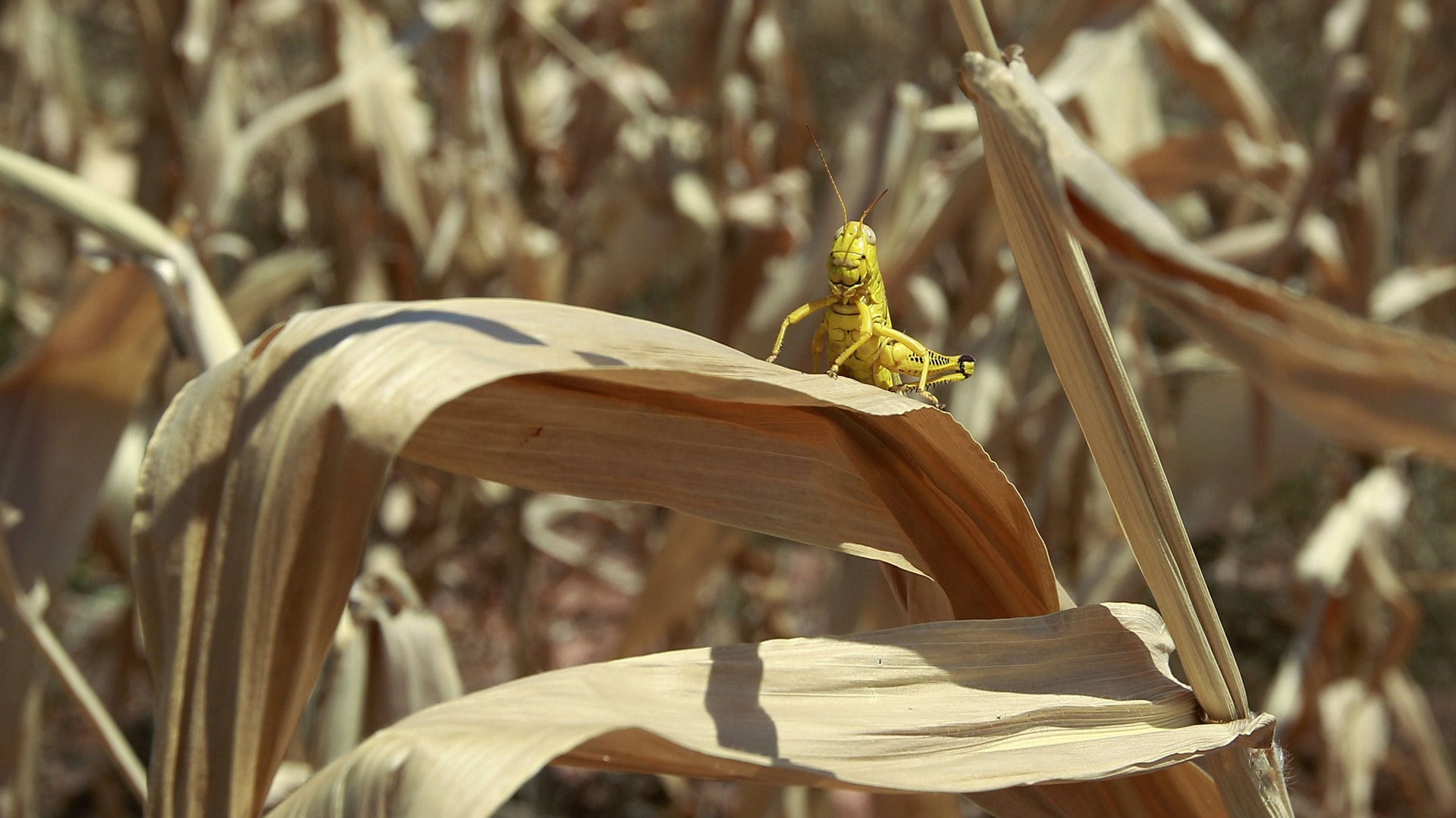An 8-year-old just published her first paper in an academic journal about her love of bugs
Sophia Spencer has done more at the age of eight than most of us will do in a lifetime.


Sophia Spencer has done more at the age of eight than most of us will do in a lifetime.
Spencer, who lives in Canada, was one of two authors of a paper published earlier this month in the Annals of the Entomological Society of America. She and Morgan Jackson, an entomologist who works at the University of Guelph Insect Collection in Ontario, wrote about the importance of social media for making science more accessible to the public.
It all started about a year ago, when Spencer’s mother wrote to the Entomological Society of Canada asking if there was anyone there who might encourage her daughter’s interest in insects. Sophia’s peers at school taunted her when she spent her time playing with bugs, and her mother was worried that it would discourage her daughter from following her passions.
The hashtag #BugR4girls spread across Twitter after the Entomological Society of Canada used it to crowdsource responses for Spencer. Jackson, who runs the society’s social media accounts, was floored by the attention, according to the Toronto Star. He decided to publish a paper describing how social media platforms like Twitter can draw attention to entomology, and asked Spencer to be a co-author.
In the paper, Jackson meticulously analyzes the engagement the society got from its initial tweet, and discusses other online conversations that tweet started, including around the inclusion of more women in STEM, and how scientists can talk about their work with a lay audience. Spencer’s contribution outlines her experience with the entomologists who reached out to her. She writes:
My favorite bugs are snails, slugs, and caterpillars, but my favorite one of all is grasshoppers. Last year in the fall I had a best bug friend and his name was Hoppers. When I first found Hoppers, I was kind of scared because that was the first time I held a grasshopper. When I grabbed him, he peed on me, and I thought he had bit me and that was my blood, so I flinged him and he landed somewhere on the stairs, but I found him and I was still a little bit scared, but I realized the he still liked me, like that was just a way to see if I was going to hurt him! I’d find him on the porch, or on the roof of my bug cage, or the side and it’d be really funny. And then I’d give him a little drop of water, which was really cool. I really like being a bug expert, but a lot of kids at school, they’re killing grasshoppers, especially the big kids at my old school…
It felt good to have so many people support me, and it was cool to see other girls and grown-ups studying bugs. It made me feel like I could do it too, and I definitely, definitely, definitely want to study bugs when I grow up, probably grasshoppers…If somebody said bugs weren’t for girls, I would be really mad at them… I think anything can be for anybody, including bugs.
She also says that kids at school have changed their opinion about her. They now think she’s cool, and want to share her microscope to look at bugs up close. Spencer also reported getting recognized while she’s out and about, which makes her feel good “even if [she’s] not supposed to talk to them because they’re strangers.”
Spencer’s story is emblematic of how Twitter has enabled scientists to reach outside their academic circles. Last year, Quartz wrote about Nancy Miorelli, an entomologist currently working in the Ecuadorian Cloud forest, who uses Twitter to share pictures of herself with huge insects on her face to generate public interest. And then there’s the account @realscientists, which each week has a different researcher answer questions about their field of study.
Since its publication less than two weeks ago, Spencer and Jackson’s paper has become of the most popular ever published in the Annals of the Entomological Society of America, according to Altmetric. Here’s hoping she’s headed for a long and fulfilling career studying grasshoppers.
Correction: An earlier version of this article said that Sophia was nine years old; she is still eight.